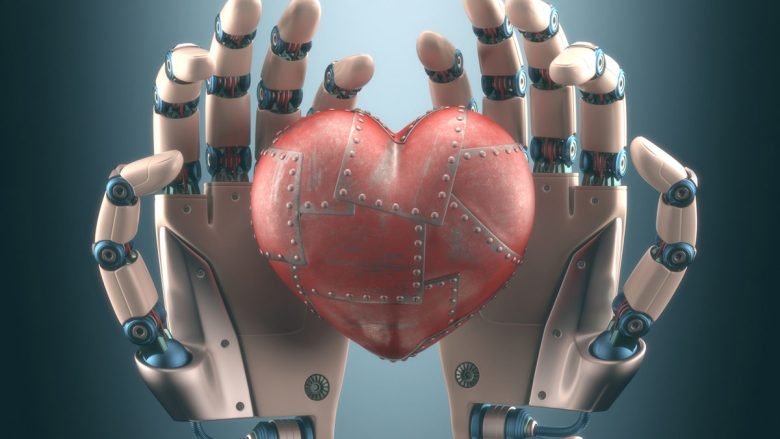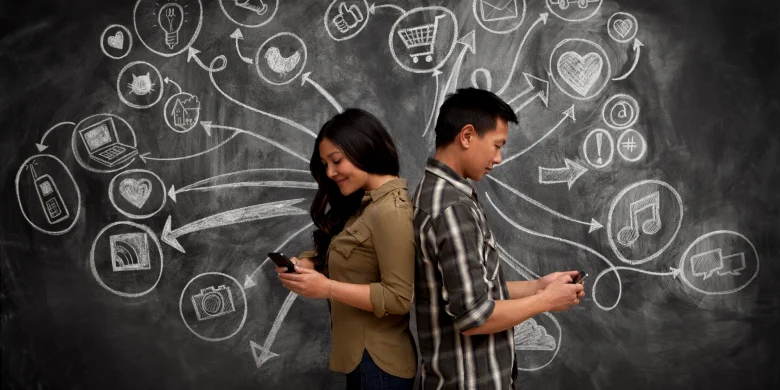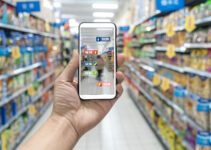If you have not seen the musical, “Fiddler on the Roof,” you should. A Russian family of three girls lives in the early 1900’s in Russia. The father engages the services of a matchmaker to find suitable husbands for his daughters. It didn’t all work out as he had planned, but the use of matchmakers, particularly by Jewish families, was common in those days.
Fast forward to the 21st century. Matchmaking has actually become a huge industry – an $8 billion-dollar one globally, actually. Are there still personal matchmakers today? Yes, but they are pricey, for sure, and most singles have more important uses for their money.
The Old Way is Too Slow and Inefficient
Enter online dating sites and apps, a phenomenon that has just surged, especially since COVID. But it is more than just that. It is also the new age of consumerism – young people (and older, actually) want immediate results as they search for products and services. They live in a fast-paced digital world, and they expect everything to happen fast – even meeting up with people to date. The old way of searching for dates in all the old places takes time, and a lot can be wasted (including money) to find the right one.
So, online dating sites and apps offer speed and efficiency. Users can register, set up their profiles, and wait for the service to present matches for them to consider. They can connect with potential people on the site, usually through chatting, video calls, and such, and then decide if that match is worth real-life dating.
There are Downsides

Source: psychalive.org
When you order something online from a company you have never done business with before, there is always a risk. You may get an inferior product (or none at all); your financial information could be at risk. In short, you’re taking a chance.
There are also many risks involved in using an online dating site/app, although they may be a bit different. Unlike the expensive professional matchmakers, online services do not conduct interviews and run background screenings. Some of them do as rigorous a verification as possible, but still, crafty people can set up fake profiles and troll legitimate clients. Safety then becomes a factor for legitimate clients who ultimately set up real-live dates via a site. To counter this, most online sites provide safety tips and “rules” as another measure to promote greater safety.
But this isn’t the only drawback of online dating services. There are a whole host of challenges that newer technologies may very well solve. Here are just a few that are coming on board and that should be considered.
AI Technologies
This is one technology that a lot of dating sites are now beginning to use in the matching process. Traditionally, the way it has worked is this: users create their profiles and their preferences for matches. Then, there is a digital scanning process that combs through its database and selects those that could be a good match. The user then receives a large number of potentials that, in fact, may not be suitable. This takes time.
Artificial intelligence can change all of this. It is used to analyze consumer behaviors and histories, as well as their conversations and selections, crunches all of this information, and provides a far more accurate picture of the user. It then can search through databases with this expanded “understanding” and be far more selective in the matches that it selects for the individual. Taimi, an LGBTQ dating app, as well as many others, has already implemented these types of algorithms with good success. Those who are not currently using AI for this purpose should incorporate it now.

Source: integrallife.com
But It can go much further than this. It is an evolving technology. And it may, quite soon, behave as a matchmaker in itself. It will spend “time” with each user, asking questions, gathering information, and developing a far more in-depth profile than that user publishes. Then, once the machine has a full “picture,” it will find the best possible matches, and set up the connections and conversations, walking both users through the process. This will take away all of the “swiping” and texting now being used. In fact, profiles will no longer even be necessary.
Blockchain as a Security Measure
Most of us equate blockchain technology with cryptocurrencies, but it is now used for far more than that – financial and educational records, contracts, insurance, and more. Why not online dating identity verification? Identities can be verified by fingerprints, voice and facial recognition, all of which can be encrypted, entered, and stored in a blockchain that cannot be altered.
The Role of Augmented Reality
There are both AR and VR in our new digital space. While virtual reality places a user in any number of created artificial environments, augmented reality allows someone to place themselves in a real-world environment. Lots of resorts use this technology to give “tours” to potential customers and allow them to place themselves at the resort and virtually experience the amenities.
Likewise, AR can allow “matches” to place themselves in each other’s environments and hold face-to-face conversations.
Using DNA Technology – What?
Yes, you read that right. We’ve all heard of DNA technology for those seeking their genealogy. But researchers are using it for far more than that. This is really a futuristic element of matching, but it is coming. Scientists are now working on DNA profiles and the romantic “chemistry” that may be revealed. Early research indicates, for example, that people with opposite immunity genes have this greater “chemistry.” Who knows what the ultimate results will show – it is all very theoretical at this point. But, it’s interesting to think about how your DNA can find the best romantic attraction.
So…What’s the Future for Online Dating?

Source: thriveglobal.com
It’s here to stay, that’s for certain. And it’s become a very specialized industry. While the early “big boys” in the business have continued to expand to “cover” the wide demographics of singles looking to make connections, others have found that they can be far more successful by limiting their outreach. So, today we have online dating sites for “elites,” seniors, farmers, the LGBTQ community (and even sub-categories within it), and more. It is likely that this specialization will continue to grow and gain its share in the marketplace.
The other “given” is that, as consumers continue to demand more speed and efficiency, dating services will have to meet those demands, if they are to survive and thrive. The competition is becoming pretty stiff. Meeting these demands will force dating sites to incorporate all of the available technologies that make sense for their operations and their match-making, and it is anyone’s guess how far these technologies will go.




